Frederick Douglass National Historic Site

Frederick Douglass spent his life fighting for justice and equality. Born into slavery in 1818, he escaped as a young man and became a leading voice in the abolitionist movement. People everywhere still find inspiration today in his tireless struggle, brilliant words, and inclusive vision of humanity. Douglass's legacy is preserved here at Cedar Hill, where he lived his last 17 years.
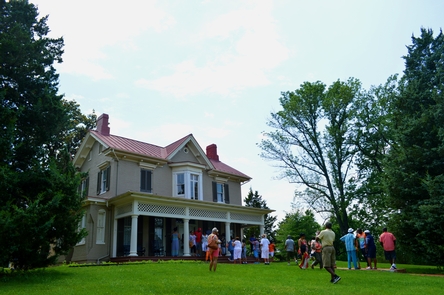
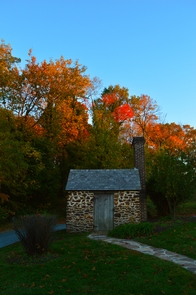
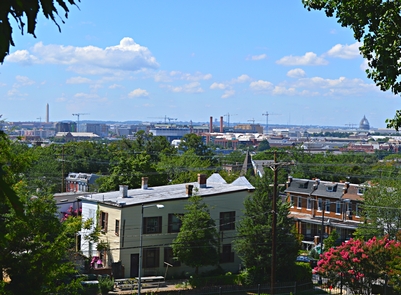
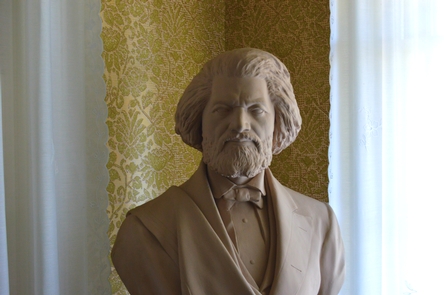
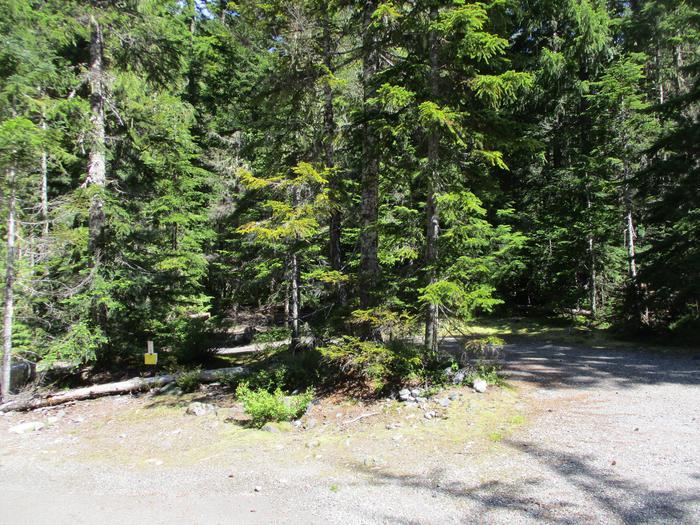
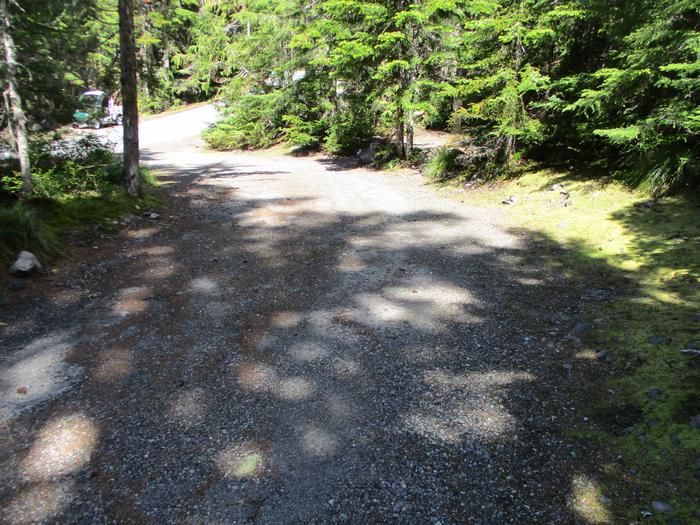
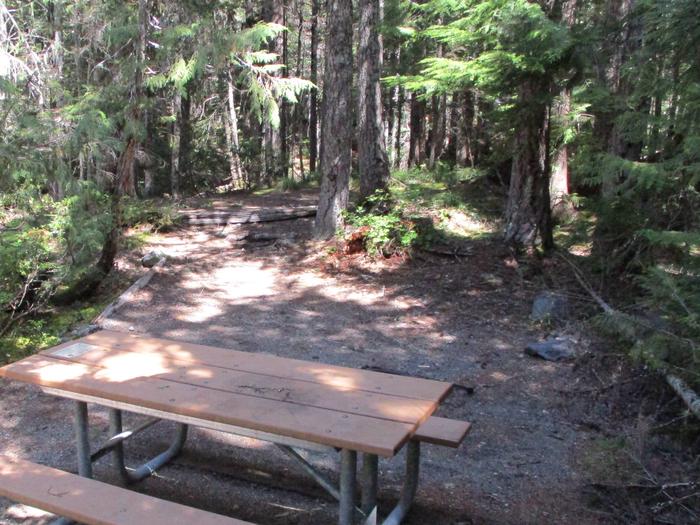
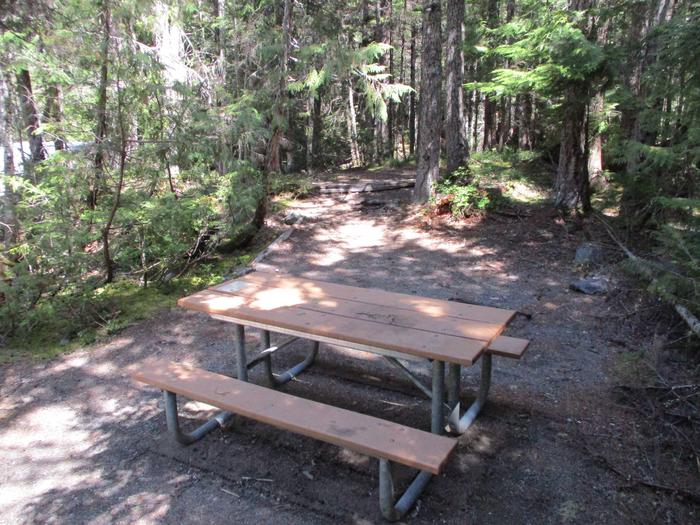
RecAreaDirections
The site can be reached by car, public transportation, or on foot. See the directions page of the website for more detailed information.
Open with Google MapMisc
| Stay Limit | |
| Reservable | false |
| Keywords | |
| Map Link | |
| Contact Phone | |
| Contact Email |
Permits info
Facilities
Frederick Douglass NHS Visitor Center Visitor Center
The Visitor Center of the Frederick Douglass NHS is located at the bottom of the hill near the parking lot. Inside of the Visitor Center you will find staff who can facilitate your visit, a bookstore run by America's National Parks, handicap accessible restrooms, a water fountain, exhibits and historic objects, as well as a theater with seating, where a 20 minute closed-captioned film on the life of Frederick Douglass is played.
Frederick Douglass National Historic Site Tours Ticket Facility
Overview:
The Frederick Douglass National Historic Site preserves the home and legacy of Frederick Douglass, a runaway slave, abolitionist, civil rights advocate, author and statesman.In 2018, the historic site will celebrate the 200th anniversary of the birth of Frederick Douglass. The anniversary will be celebrated with special events and programs throughout the year.
Born into slavery, Douglass escaped to spend his life fighting for justice and equality for all people. His life was a testament to courage and persistence, serving as an inspiration to all those who struggle for the cause of liberty and justice. Visitors to the site learn about his efforts to abolish slavery and his struggle to ensure the basic rights of all Americans.
The Douglass site covers 8.5 acres known as Cedar Hill, an area that includes the main house, gardens and an extensive collection of personal effects that both captivate and educate visitors about Douglass and his family.
Douglass moved to Cedar Hill in 1877 and lived there for 18 years. During that time, he served as U.S. Minister to Haiti and U.S. Marshal for the District of Columbia, continuing to write about and speak out for human rights and equality until his death on February 20, 1895.
A highlight for many visitors is a reconstruction of Frederick Douglass' "Growlery." It was a one room building with a stove, bed, and desk where Douglass could retreat to work and "growl" when he was in the mood.
Another popular draw to the site is The Douglass Library Collection. The collection includes books, monographs, pamphlets, serials, record books, bound government documents, rare photograph albums, and two bound volumes of The North Star, an abolitionist newspaper that Douglass published himself. Many volumes are signed by Douglass or bear his personal bookplate.
Visitors to Cedar Hill won't be disappointed by this historic site honoring the legacy of one of the most famous 19th century African Americans.
Summary of Fees - Frederick Douglass National Historic Site Tours

 CuteCamper
CuteCamper
